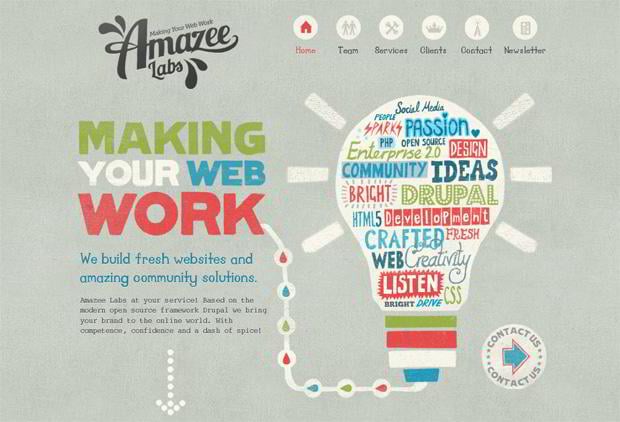Website Style: A Journey With Time.From Modest Starts To Contemporary Wonders, Site Layout Has Undergone A Considerable Improvement For Many Years
Website Style: A Journey With Time.From Modest Starts To Contemporary Wonders, Site Layout Has Undergone A Considerable Improvement For Many Years
Blog Article
Material Created By-Dalrymple Gibbons
In the past, websites were basic and concentrated on details. Navigating was direct, and design was for desktop computers. Now, search engine optimization is vital. Data guides layouts for very easy navigating. Responsive layouts suit different devices. Today, dark setting reduces strain, and minimal food selections improve navigation. Interactive attributes involve individuals, and strong visuals stand out. AI assimilation enhances interaction. See how design has actually evolved to boost your on the internet trip.
Very Early Days of Website Design
In the very early days of website design, simpleness preponderated. Websites were fundamental, with restricted colors, typefaces, and layouts. The emphasis got on giving details rather than fancy visuals. Individuals accessed the web through slow-moving dial-up links, so rate and functionality were essential.
Navigation food selections were straightforward, normally located on top or side of the page. Web sites were designed for home computer, as mobile browsing had not been yet prevalent. Content was king, and designers focused on very easy readability over complicated layout elements.
HTML was the key coding language made use of, and designers had to work within its restraints. Animations and interactive functions were very little compared to today's criteria. Internet sites were static, with little vibrant web content or personalized individual experiences.
Surge of User-Focused Style
With the advancement of site layout, a change in the direction of user-focused layout principles has become increasingly prominent. Today, developing websites that prioritize individual experience is vital for engaging site visitors and accomplishing organization goals. User-focused layout involves recognizing the requirements, preferences, and habits of your target audience to tailor the web site's format, web content, and includes as necessary.
Developers currently perform extensive research, such as individual studies and use testing, to collect insights and comments directly from users. This data-driven technique assists in developing user-friendly navigating, clear calls-to-action, and aesthetically appealing interfaces that resonate with visitors. By putting the user at the facility of the design procedure, web sites can deliver an extra tailored and delightful experience.
Responsive style has actually likewise become a crucial element of user-focused style, ensuring that web sites are maximized for various tools and display dimensions. This flexibility boosts accessibility and usability, accommodating the varied ways individuals communicate with web sites today. In essence, the rise of user-focused design signifies a change towards creating digital experiences that prioritize the demands and expectations of the end individual.
Modern Trends in Web Design
Check out the most up to date fads shaping web design today. One noticeable fad is dark mode style, providing a sleek and modern-day look while lowering eye strain in low-light environments. Another essential fad is minimalist navigating, simplifying food selections and boosting customer experience by concentrating on essential elements. Integrating micro-interactions, such as animated buttons or scrolling results, can create a much more interesting and interactive internet site. Responsive design remains important, making sure smooth user experiences across various gadgets. In https://thehackpost.com/what-is-a-voip-phone-number-used-for.html , making use of strong typography and asymmetrical formats can include aesthetic rate of interest and accentuate specific material.
Integrating AI innovation, like chatbots for client assistance or personalized suggestions, improves individual interaction and enhances procedures. Ease of access has also end up being a considerable pattern, with developers prioritizing inclusive design methods to accommodate varied user demands. Welcoming sustainability by maximizing web site efficiency for rate and performance is one more emerging pattern in web design. Collaborating with individual responses and data analytics to repeat and boost layout continuously is important for staying appropriate in the ever-evolving electronic landscape. By welcoming these modern-day fads, you can create a visually enticing, straightforward internet site that reverberates with your target market.
Final thought
As you reflect on the evolution of internet site design from the very early days to currently, you can see how user-focused style has actually ended up being the driving force behind modern-day patterns.
Accept the journey of change and adjustment in website design, constantly keeping the user experience at the leading edge.
Remain present with the most recent fads and innovations, and never ever quit advancing your approach to produce visually spectacular and straightforward websites.
Develop, adapt, and develop - the future of web design is in your hands.
